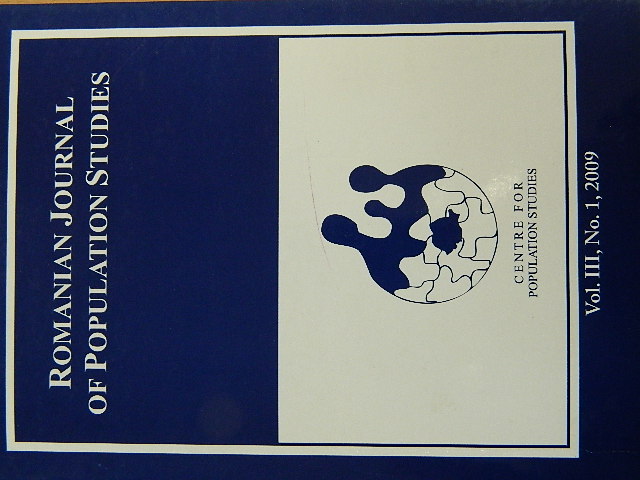The Growth in Non-Marital Fertility and Other Related Behaviours in Romania after 1989
The Growth in Non-Marital Fertility and Other Related Behaviours in Romania after 1989
Author(s): Mihaela Hărăguş, Cristina OaneşSubject(s): Social Sciences
Published by: Centrul de Studiere a Populaţiei
Keywords: non-marital births; cohabitation; contraception; Romania
Summary/Abstract: Before 1989, transition to adulthood in Romania was occurring at early ages, marriage was universal and fertility was above the replacement level. In 1990, the mean age of first marriage was 22.0, the mean age of the first birth was 22.4, the total fertility rate was 1.8, and the proportion of non-marital birth was 4%. After 1990, many sharp and rapid changes have taken place in the demographic behaviours: postponement of marriages, postponement of first birth, decline of total fertility rate. However, marriage postponement has not translated entirely into postponement of the first birth. The interval between marriage and the first birth has declined, because of the very high and rapid increase of the proportions of non-marital births. This increase is really surprising, for age of marriage and age of first birth are still very low. In 2000, the mean age of first marriage was 23.4, the mean age of first birth was 23.6, the total fertility rate was 1.3, and the proportion of non-marital birth was 25.5%. In order to underline variables associated with changing behaviours, we want to perform different analyses on the several steps of marital and reproductive behaviour (first sexual intercourse, use of contraception, type of union, marital and non-marital birth), using new survey data.
Journal: Romanian Journal of Population Studies
- Issue Year: 3/2009
- Issue No: 1
- Page Range: 45-71
- Page Count: 16
- Language: English
- Content File-PDF

